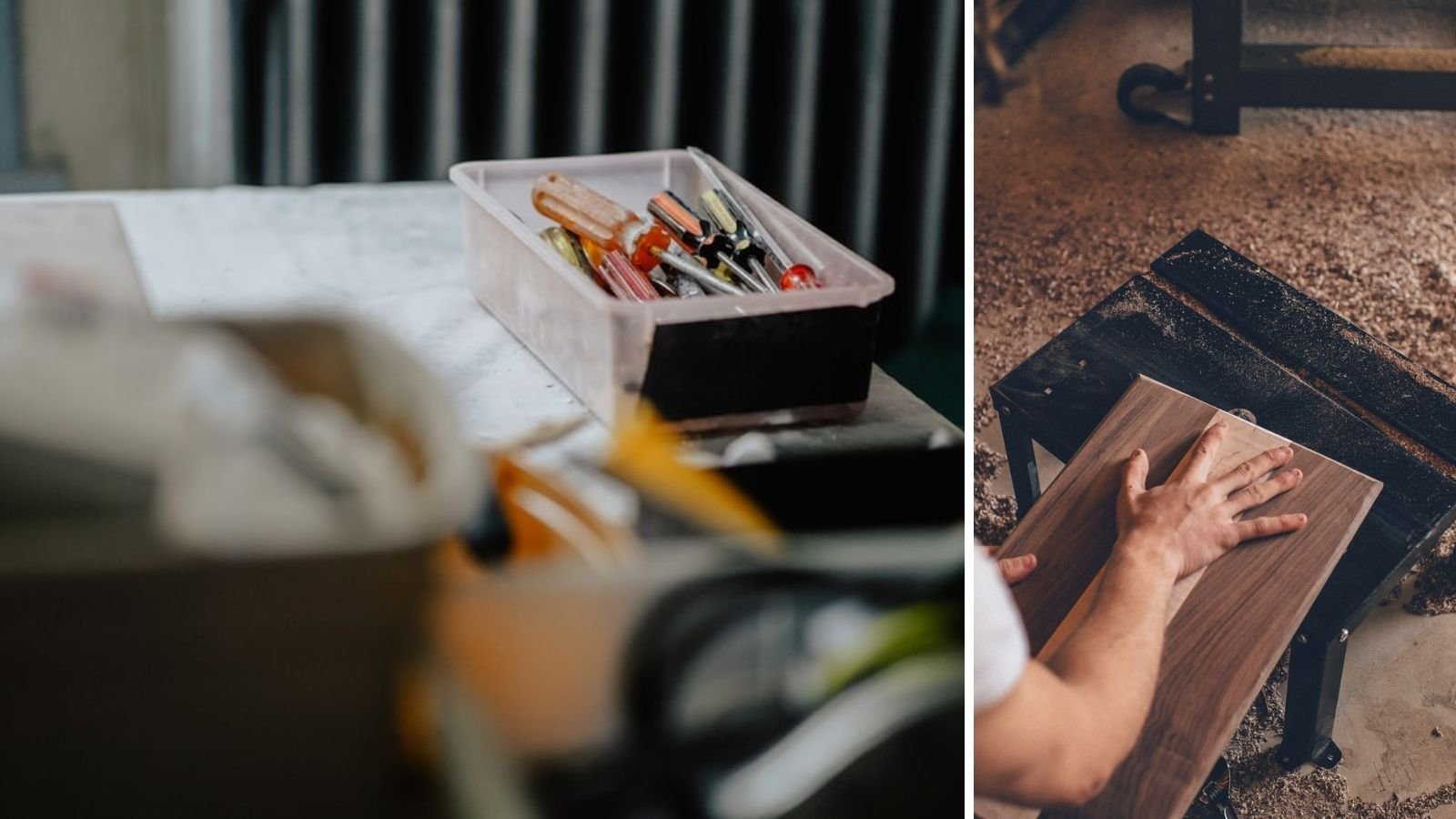Moving away from the ‘Take-Make-Dispose’ linear economic model and adopting a circular economy is a recognised and respected solution to address global challenges like the climate crisis and realise a resilient, net-zero world.
Based on the idea that waste and pollution are eliminated, and products and materials remain in circulation rather than throwing them away, reuse, repair, and refurbishment are integral elements to a circular economy. We’ve written about the circular economy previously.
Refurbishment and repair of furniture, equipment, and other items offers benefits including increased value recovery, economic growth whilst reserving resources, reducing your impact on the environment, and even creating jobs. The Green Alliance thinktank recently reported that prioritising the repair and reuse of manufactured goods could create more than 450,000 jobs in the next 15 years.

Above: Refurbishment and repair of furniture, equipment, and other items offers many benefits.
The challenge is implementation at a practical and scalable level. Many of our customers and some forward-thinking Warp It friends, including Colarado State University and Kingston Hospital, have already embraced repair and refurbishment of assets as part of their organisational circular economy strategies.
We held an online workshop to explore how to take this even further and discussed the steps beyond the reuse of surplus assets and considered issues on how to ensure the repair and refurbishment of office furniture, equipment, and other items can be overcome to continue nudging us towards circularity. View the workshop here. We discussed:
The key considerations
-
Repair and refurbishing policies: making this a real and universal necessity to ensure all items can be repaired or refurbished for reused, and kept out of landfill, incineration, and recycling centres for as long as possible.
-
How will this affect procurement?
-
How will this affect the supply chain and how can we ensure the supply chain subscribe to these measures?
-
Where will repairs and refurbishment take place and who will be responsible? Internally within your organisation or outsourced?
-
Health and safety: all refurbished and repaired office furniture must be safe and fit for purpose.
-
How will the refurbished items be effectively tracked and recirculated internally or externally?
-
What happens to repaired or refurbished assets when staff want to replace them? We need to ensure they are returned to the Warp It reuse system or disposed of correctly.
Areas to manage the repair and refurbishment process within our software, which may include:
-
Logging repairs and refurbishment of items – whether undertaken internally or externally.
-
Noting the time and costs associated with repairs and refurbishment and appropriate savings made.
-
Monitoring progress and returning items to circulation.
-
Tracking repaired and refurbished assets thereafter until end of life.
-
Donations to local businesses and even householders.
You can watch the online discussion here.








